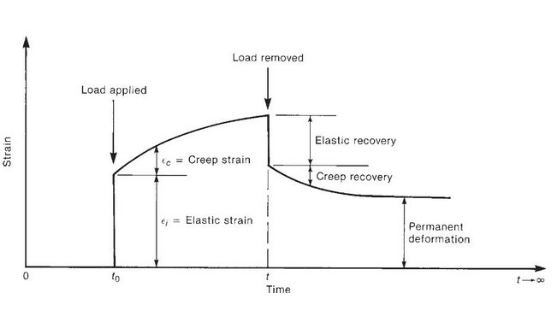Brobocop
Structural
- Dec 27, 2019
- 17
The code deflection limit charts for Floor Members simply states:
Live load = l/360
Nothing for Wind
D+L = l/240.
So am I only checking the Live Load deflection and the Load combination (D+L) deflection?
Does my Load combination of D+0.75L+0.75(0.6W)+0.75Lr not need to meet l/240? Or is 0.75L+0.75(0.6W)+0.75Lr considered the "L" in D+L = l/240
Live load = l/360
Nothing for Wind
D+L = l/240.
So am I only checking the Live Load deflection and the Load combination (D+L) deflection?
Does my Load combination of D+0.75L+0.75(0.6W)+0.75Lr not need to meet l/240? Or is 0.75L+0.75(0.6W)+0.75Lr considered the "L" in D+L = l/240

